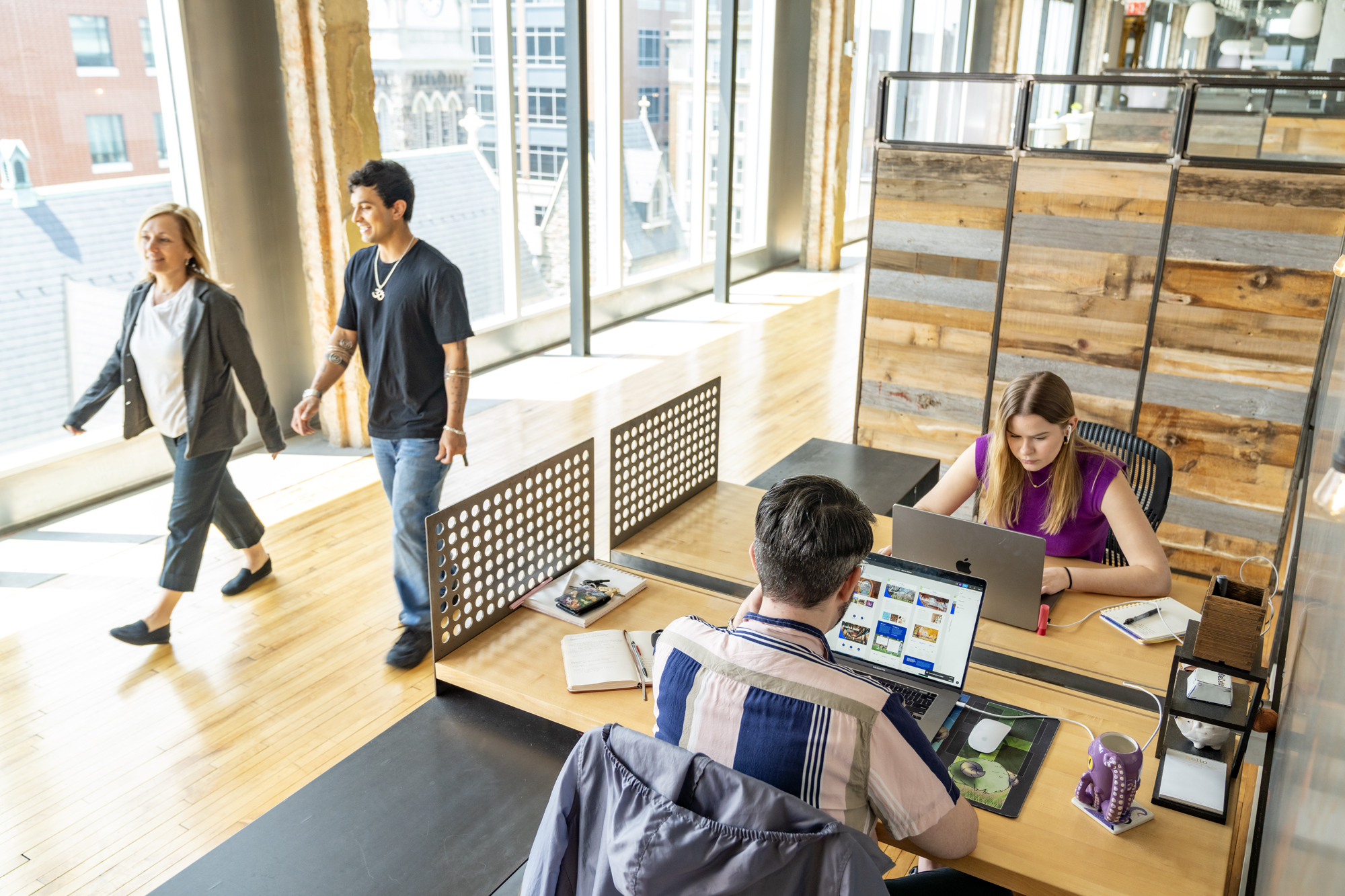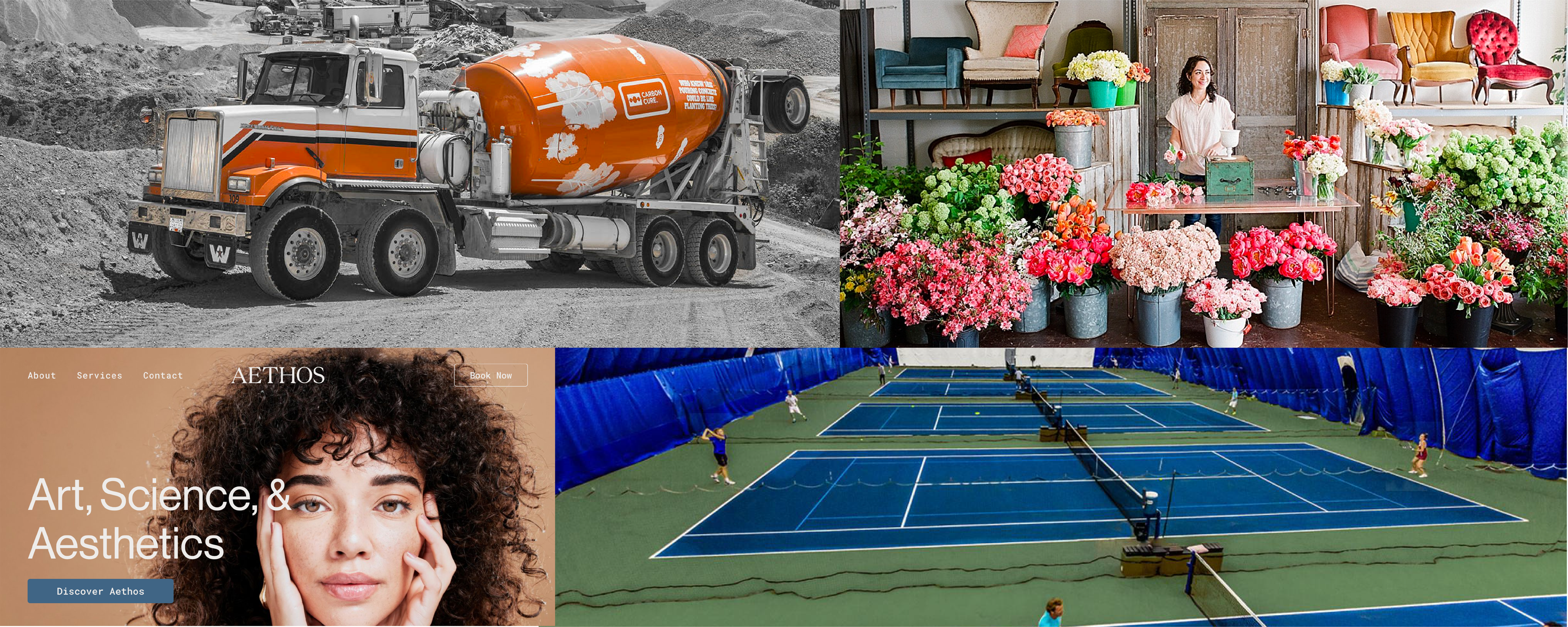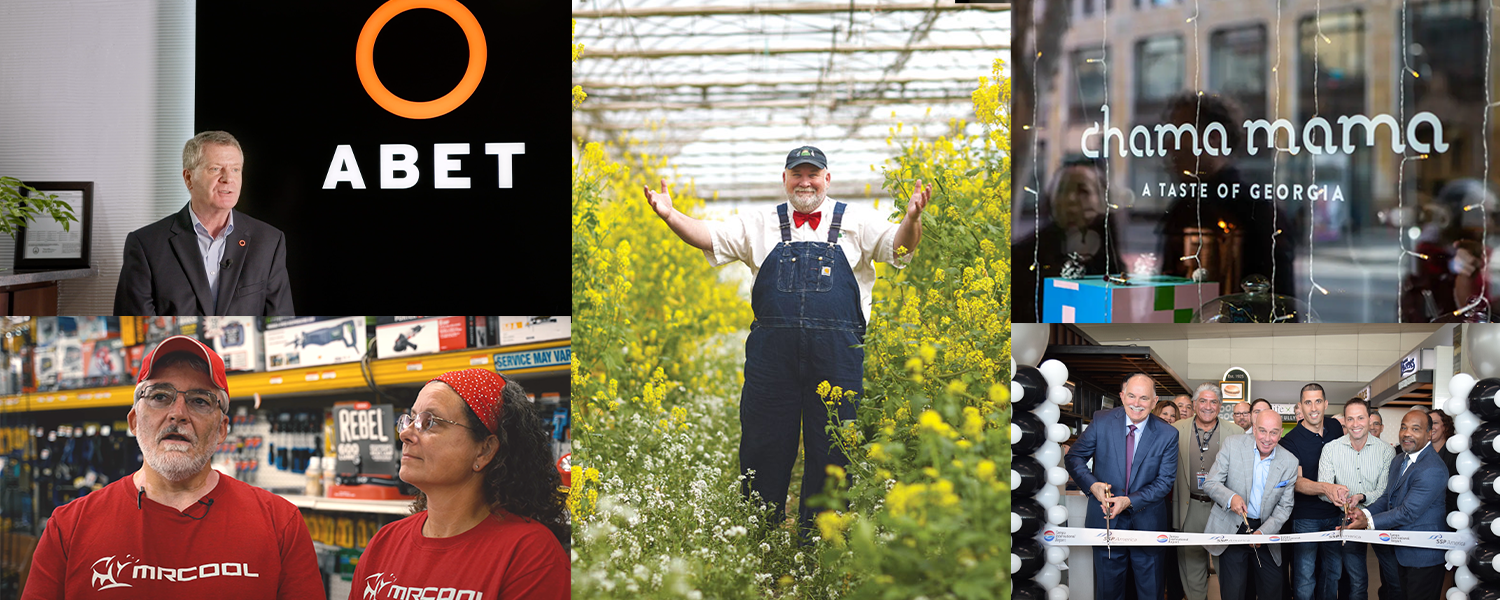Design Advice from Ruckus Designer Gabrielle Gerber
With design so ubiquitous and powerful for a brand, it’s important to get it right and keep learning about how to improve. Here are some of my thoughts, suggestions, and opinions on the topic.
By Gabrielle Gerber
Design is the look and feel of every piece of information a brand puts out via website, social media, advertisement, or any other visual channel. Good design bolsters a message by building its aesthetic appeal to make it more engaging, and also by structuring the message so necessary elements are conveyed clearly. Bad design does the opposite, reducing a message’s engagement and clarity. With design so ubiquitous and powerful for a brand, it’s important to get it right and keep learning about how to improve. Here are some of my thoughts, suggestions, and opinions on the topic.
Good design is characterized by consistency, balance, and cohesiveness. Every visual element should work together toward the same goal, allowing the viewer’s eye to flow naturally from point to point and land effortlessly on the crucial message or call-to-action.
The overarching goal that guides each design decision depends on the project – who is the client? In what space do they operate? Who do they target? How have they had success in the past, and where have they fallen short? What is the immediate objective? The answers to some of these questions may be given to you in a creative brief. Others you’ll have to find for yourself. Regardless, before getting going, you should have a fairly firm grasp of all of them. If you don’t, you run the risk of doing “good” design work that doesn’t actually work. Even the most visually appealing and technically well-crafted work can fail if it’s misguided in its approach.
For me, the design process is as much about the work I do away from a design program as the work I do within one. Before I set out actually building and revising, I’ve generally already put in a few hours of thought and research. I look on the Internet at how this sort of project has been approached in the past and brainstorm how I could improve upon existing concepts. I clarify to myself the end goal of the project. To build inspiration, sometimes I put together a mood board for myself. Other times I just walk around the city. My favorite part of the process is getting excited about making something unique.
Sometimes, bad design is the result of trying to please everyone, which creates a watered-down product. Any good creative endeavor requires a unique perspective and some amount of risk, and some people are bound to dislike your style. Yes, when designing as an agency, you need to aim to please your client, but you should still look to find a way to infuse your own unique inspiration and perspective.
Creativity is more important than technical expertise, but technical expertise is what lets you bring your creativity to life. It also opens creative doors – by learning the ins and outs of different programs and techniques, you unlock the ability to think of new, creative ways to leverage them. Staying on the cutting edge of design programs is a crucial, never-ending slog.
When is a project finished? If you’re like me, it will probably never feel perfect. I work until I feel I can’t do anything more. Then, I ask for the opinions of a few trusted designers, limiting the number so I don’t drown in new and conflicting ideas. I revise the work as appropriate, and eventually, the project ends not when I find it perfect, but when the client does.
And when I hit a funk, I just trust myself and the creative process. If I’ve done my research, found my inspiration, and kept in mind these fundamentals, I know the work I’ve done is the best it can be.




